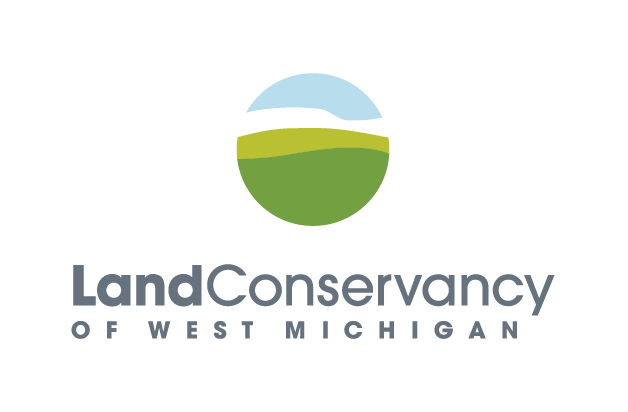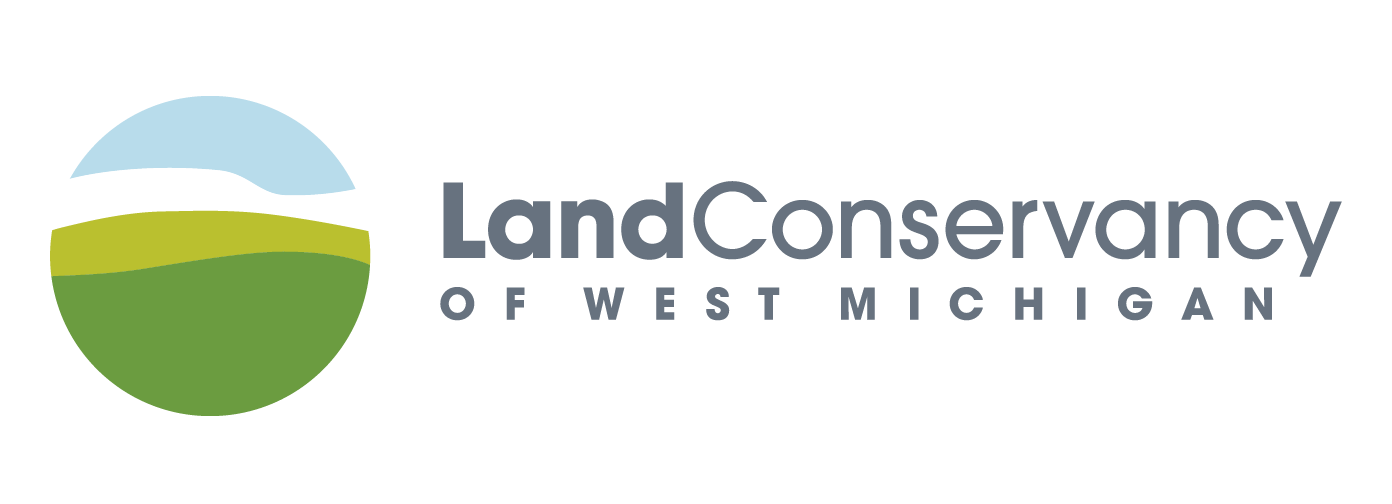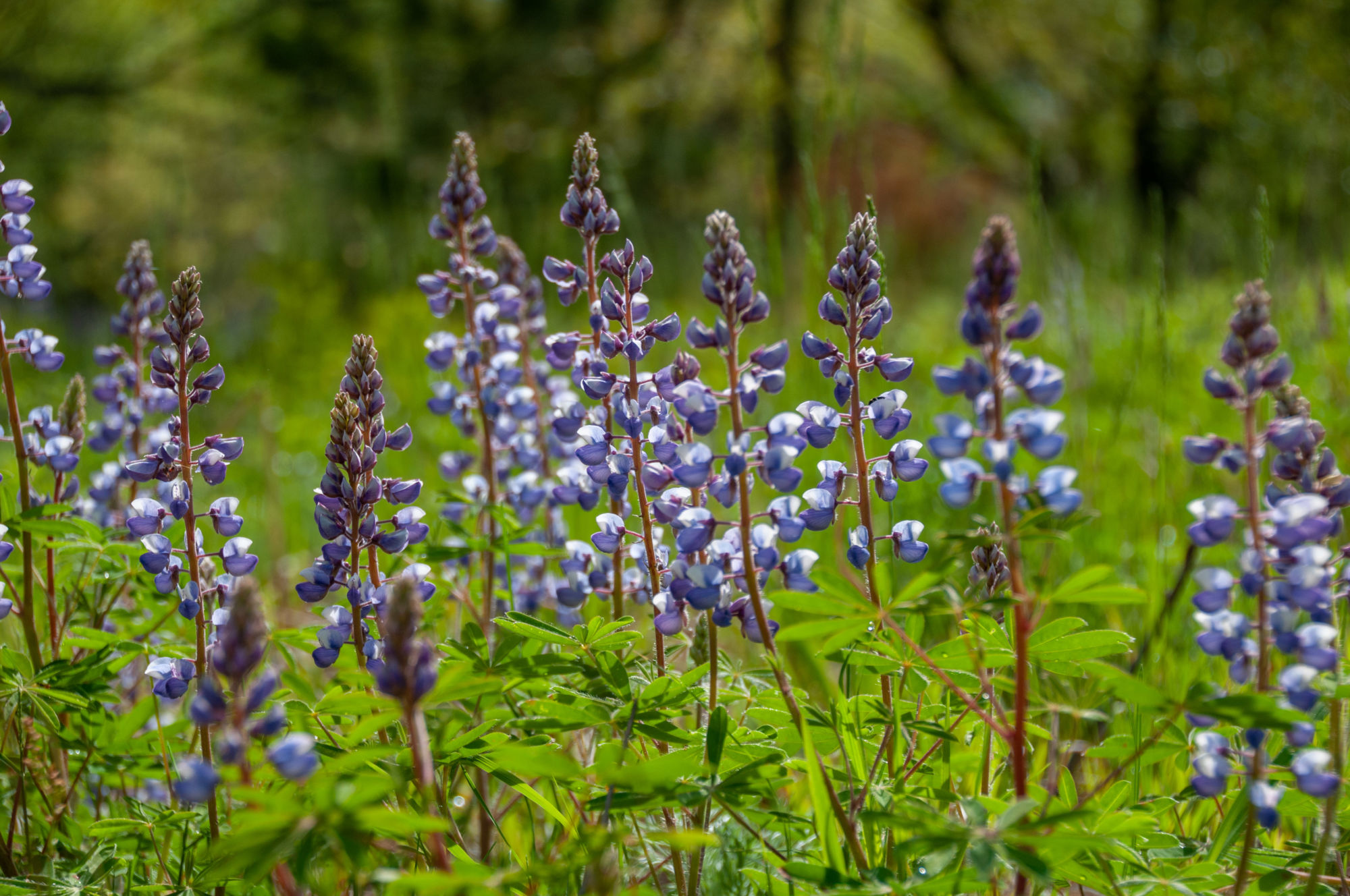
Adaptive management and partnership at The Highlands
Since it was acquired four years ago, much has changed at The Highlands, an urban natural area protected in collaboration between the Land Conservancy and Blandford Nature Center. Once an abandoned golf course characterized by overgrown turf grass and non-native ornamental trees, the property has been utterly transformed.
Gib King, who works with the U.S. Fish and Wildlife Service’s Partners for Fish and Wildlife program, has had a hand in much of this transformation. With the support of the program, he has helped facilitate the planting of 77 acres of native grasses and wildflowers and the establishment of nine wetlands at The Highlands. The work has happened gradually over the course of the last four years.
“The plan all along was to chunk it off into manageable pieces and kind of adaptively manage: identify spots, see how the previous one went and build on it,” Gib said. “It’s worked really well.”
The wetlands were created with additional support from Ducks Unlimited. The first one was installed in 2018 and is now well established with woody debris and native aquatic and wetland vegetation. Bugs, turtles, frogs and birds almost immediately flocked to the new habitat. Six more wetlands were added the following year.
“Wetlands are so much fun because the change is almost instantaneous,” Gib said. “We were in a pretty wet cycle when we built those, and all of them filled up almost immediately. The wildlife was teeming in there. We had so many ducks and geese using them immediately.”
If you visited The Highlands this summer, you may have noticed that they were nearly dried up. Kent County experienced a drought this year, causing very low water levels in the wetlands. Though seeing dried up ponds can seem alarming, this is not necessarily a bad thing. Species composition fluctuates along with the water levels. More varied water levels mean more biodiversity.
“That fluctuation for wetlands is really good. We want to see that up and down,” Gib said. “It will be interesting to see how those evolve over time.”
Gib has enjoyed watching the ways different parts of the landscape respond to the new wetlands and grassland plantings. The first acres seeded with native species blossomed the very first year after they were planted.
“Planting almost the same way, we got a lot of weeds the second year,” Gib said. “All of that’s fine, it’ll all work out. But it’s just neat to go to the same site using different techniques and seeing different results and factoring that all into the learning experience.”
This year, Gib will add in two more wetlands. He is also helping transform the koi pond on the northeast corner of the property into a wetland.
First, the koi will be removed and brought to new, more suitable homes. The pond will be drawn down to a lower water level to enable Gib to reshape it. Using an excavator, he will add peninsulas and give the pond a bigger footprint and a shallower depth: characteristics more typical of a wetland. Then he’ll add some woody debris and then later, wetland vegetation will be planted along the edges.
“So, we’re just going to convert a little water hazard into a functional wetland,” Gib said.
It’s these changes, and the public’s participation in them, that inspire Gib.
“It’s just fun to take a golf course that has been manipulated by man for so long and try to do a new landscape plan that is all wildlife-oriented,” he said.
The Land Conservancy and Blandford Nature Center are grateful to have the support of U.S. Fish and Wildlife Service, Ducks Unlimited, the Great Lakes Restoration Initiative and the community as we work together to restore the natural character of The Highlands.





